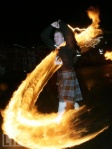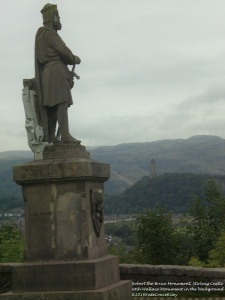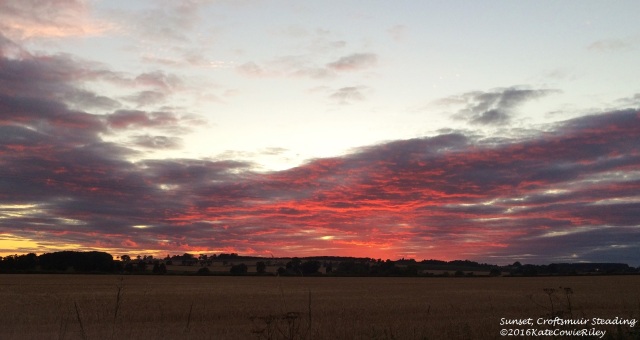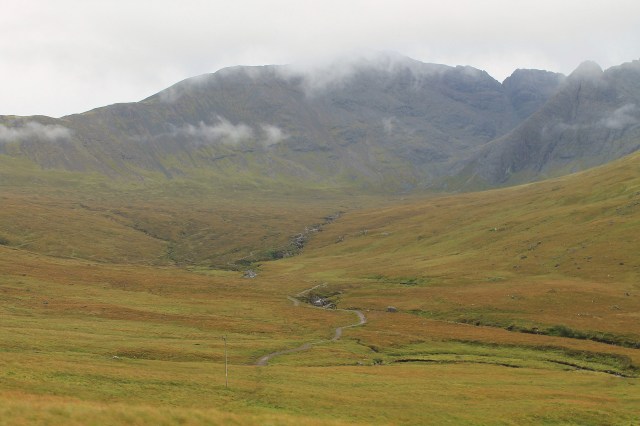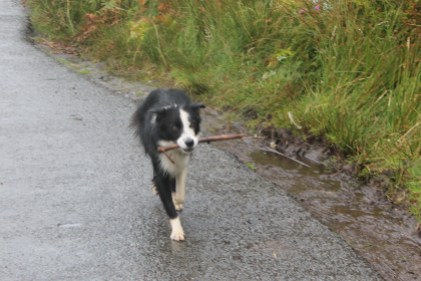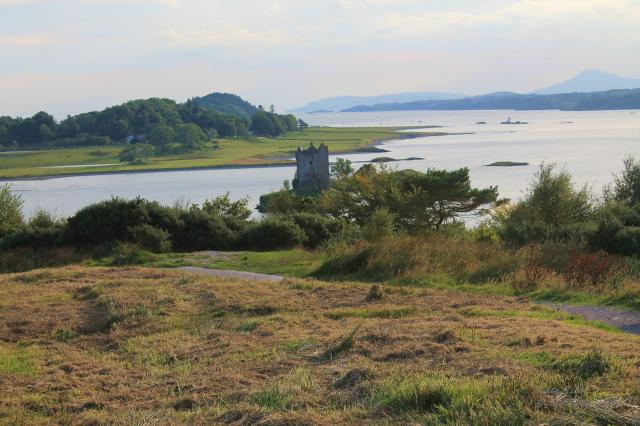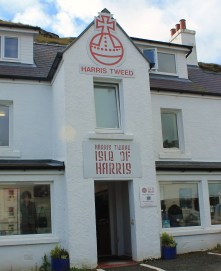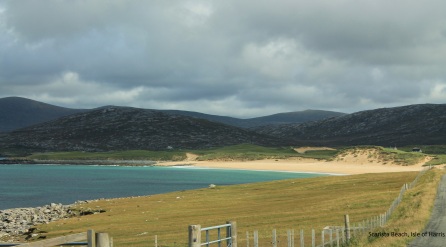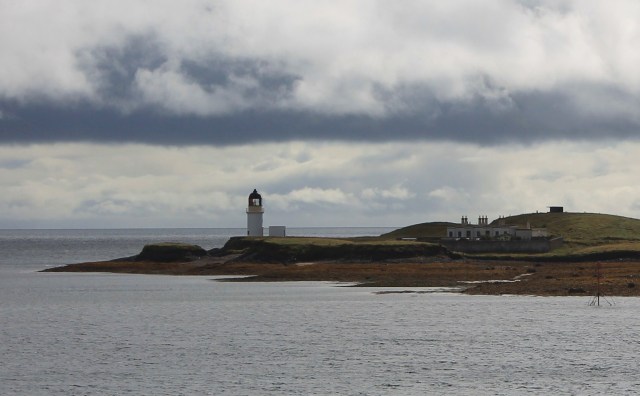(Originally posted, December 2013)
The word solstice comes from the Latin: sol (“sun”) and sistere (“to stand still”). As seen from Earth, the sun’s highest point for the day is at its lowest for the year and the movement of the Sun’s path comes to a stop before reversing direction. In the Northern Hemisphere, this takes place on or around December 21st by the Gregorian calendar. As far back as time has been recorded through human monument, the solstice has been an important part of the yearly calendar of life.
In the northern realms of Scotland, one of the most significant markers of the importance of the solstice is at Maeshowe (or, Maes Howe) on the island of Orkney. Built 5000 years ago, 1500 years before Stonehenge, Maeshowe is a significant architectural achievement. Made of stacked sandstone slabs that are level to within an inch or so, the cairn is entered by a 36 foot long passageway (through which one needs to stoop very low) that opens in to the main chamber which is about 15 feet square and twelve or so feet high.
Unfortunately, the site was “excavated” in 1861 by James Farrer, Member of Parliament, who did not take very good notes about what he was doing, nor did he make an effort to document what he found. He completely removed all the debris he found without searching for any archeological finds contained in the debris. Farrer did find the runic inscriptions that were carved on the interior walls by the Norsemen who had broken in to the tomb themselves in the 12th century. The largest single collection of runic carvings in the world, the carvings may also be the world’s first graffiti; one of the thirty inscriptions reads: “These runes were carved by the man most skilled in runes in the western ocean”.
The Orkneyinga Saga (or, The History of the Earls of Orkney) was written c. 1230 about the history of Orkney for the three hundred years following its capture by the Norwegian king in the ninth century. The Saga may provide the definition for the name Maeshowe. It is possibly from the Old Norse mestrhaugr (“The Great Tomb”). In the Saga, Maeshowe is called Orkahaugr: orka, (signifies “power” or “greatness”), and haugr (“mound”). According to the accounts in the Saga, a group of Viking warriors sought shelter from a terrible snowstorm. The group was led by the Viking, Earl Harald as he made his way from Stromness to Firth at Christmas in 1153. They took refuge during the night in the mound known as Orknahaugr.
“On the thirteenth day of Christmas they travelled on foot over to Firth. During a snowstorm they took shelter in Maeshowe and two of them (his men) went insane which slowed them down badly so that by the time they reached Firth it was night time.”
Orkneyinga saga – Chapter 93
More recently, research has pointed to Norn, the variant of Old Norse spoken in the Orkney Islands, but never used as a written language. Names of places on the islands suffered greatly due to the mis-interpretation of map makers who took the pronunciation of Norn and wrote it in Scots English. Maeshowe is pronounced locally as Mezz(h)oo, or Mezz(h)ow and it is now suggested that maes comes from the Old Scandinavian word mað, meaning “meadow”. This brings the meaning of Maeshowe to “meadow mound”, which indeed it is.
The alignment of the passageway entering Maeshowe is built so that the interior chamber is illuminated by the setting of the mid-winter sun. The movement of the setting sun can be tracked on the far wall of the cairn during the few weeks before and after the Winter Solstice. The most significant event is the alignment of the passageway with a standing stone located across some fields a half a mile away from Maeshowe. The Barnhouse Stone is ten feet high and is set in perfect alignment so that the centre axis of Maeshowe’s inner entrance passage is directly aligned with the centre of the Barnhouse Stone. From the entrance to Maeshowe, the line goes directly to Ward Hill on the island of Hoy (Old Norse, Háey, “high island”) at a place where the sun sets 22 days before and after the midwinter solstice. On the day of the Winter Solstice the last rays of the setting sun are directly behind the Barnstone, and shine directly in to the chamber of the cairn.
Excavations at the entrance to Maeshowe revealed a socket at the entrance that may have held another standing stone, similar to the one at Barnhouse, completing the alignment between the setting sun and the cut area at the back wall of the Maeshowe cairn. Unfortunately, due to the way history has treated Maeshowe, there is no archeological evidence to explain the purpose of the mound and the cairn beyond its being lit at the end of the Winter Solstice day. (There is a connection between Maeshowe and the Ring of Brodgar, though, because the Barnhouse Stone also makes a line that greets the rising sun through the center of the Ring on Beltane, May 1st ; and, when standing in the center of the Stones of Stenness, Maeshowe is seen aligned in between two smaller stones set side-by-side.)
The obvious speculation as to the importance of the Winter Solstice is that the longest night of the year turns to increasingly shorter nights, longer days, and the days of plenty. But people could not be certain they would survive the bitterest part of winter, which was just ahead. Winter Solstice would have been the last celebration before the hard times. Livestock were slaughtered so they wouldn’t have to be fed during the coldest months. This meant feasting on fresh meat for the last time until spring. The fermented drinks that had been put up in the summer were ready to be consumed. And so, the celebrations began: celebrations that marked moving out of the darkness and turning toward the light; the re-birth of another year; new beginnings.
The centerpiece of the Solstice celebration was the Yule Log. Yule
derives from the Old Norse, jol (“feast”) and originally referred to the entire winter season. Ash wood was traditionally used for the Yule Log; ash being an herb of the sun, it brought the sun’s energy into the house at the darkest time of the year. The wood of the ash burns with intense heat, even when green. The log was decorated with evergreen boughs, doused with ale, dusted with flour and then lit from a piece of wood saved from the previous year’s Yule Log. The Log would burn through the night and then be left smoldering for 12 days after which it was ceremonially extinguished.
Evergreen trees were sacred to the ancients because they did not “die” but kept their greenery throughout the year, signifying immortality and the holding of the sun’s energy. Wheat was symbolic of the harvest, the flour signified health and life. Holly and ivy were also brought inside the houses as an invitation for the Nature Sprites to join in the celebration. Holly was kept near the door all year long to invite good fortune. Mistletoe, also hung to decorate the home, represented the seed of the Creator.
Along with Christianization, came the blending of ancient ceremonial practices in to the rites of Christmas. And then….
In the 1600’s, Scotland was “purged of all superstitious observatione of dayes” by the Reformation, led by John Knox. The celebration of Christmas was seen as papist, and there were two Acts of Parliament “dischairging the Yule vacance” (2 June 1640) and again “dischargeing the Yule vacance” (15 April 1690). This first Act was partially repealed in 1686, and parts of the second were repealed in 1712. But still, the ways were set and the Church of Scotland did not put emphasis on the Christmas Holidays. What celebrations there were, were done quietly and people’s work schedules did not change. Christmas Day became a public holiday in 1958, ending the ban that had lasted some 400 hundred years.
Although the Scots now equal the Christmas celebrations in any other country, the New Year celebrations have more of a national importance. While the Winter Solstice celebrations of light had been absorbed into global Christmas pageantry during the 400 years, the Scots still brought the light out at the New Year. Harkening back to the Norse origins of Yule, Hogmanay is the largest yearly celebration in Scotland. There are a lot of different guesses as to where the term Hogmanay comes from: Hoggo-nott was the Scandinavian word for the Yule feast; hoog min dag means “great love day” in Flemish; the Anglo-Saxon, Haleg monath means “Holy Month”; and the Gaidhlig, oge maiden means “new morning”. The most often quoted source is the French Homme est né for “Man is born” and in France the last day of the year when gifts were exchanged was aguillaneuf. In Normandy, presents given at this time were called hoguignetes.
The one that makes the most sense to me is the Norse/ Icelandic haugmenn (“elves”) being banished á læ (“into the sea”). This would take place through the traditional New Year ceremony in which people dressed up in the hides of cattle and ran through the town being hit by sticks. Bonfires were lit and torches were tossed, the smoke from the torches driving off the evil spirits. The smoking torch was called a hogmanay.
Fire ceremonies still take place in the streets of cities and towns for Hogmanay, with the most spectacular display in Stonehaven, (south of Aberdeen on the North East coast). Huge balls of fire, weighing up to 20 pounds, are swung around on long metal poles as men march them up and down the High Street. The origin of this custom is believed to hearken back to the Winter Solstice. The fireballs signify the power of the sun and the smoke purifies the world by consuming evil spirits. The Hogmanay traditions of redding, cleaning the house on the last day of the year to finish with the old, and welcoming guests in to the house with food and song on the first day of the New Year, also have their roots in the fires and feasts of the ancient Winter Solstice-Yule ceremonies and celebrations.
Whether you follow ancient traditions or modern ones, whether you start your year on the Winter Solstice or on January 1st, “…take a cup o kindness yet, for auld lang syne.”
And have a Guid New Year.







![maes-howe[1] Maes Howe entrance near Winter Solstice sunset](https://ladykatherinecowieriley.files.wordpress.com/2013/12/maes-howe1.jpg?w=209&resize=209%2C209&h=209#038;h=209&crop=1)
